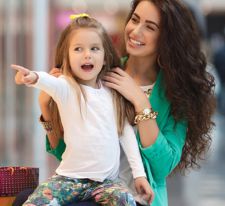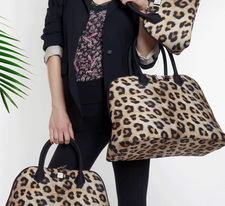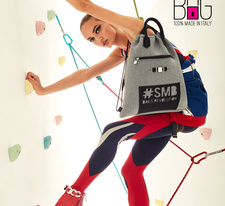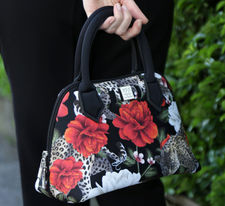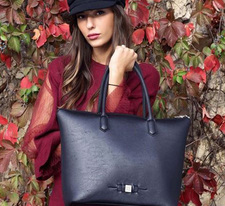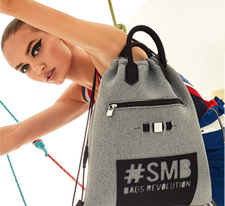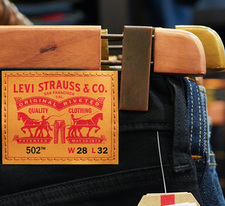Saving for the future
part 1 part 2
The market of children's goods is considered to be the most stable in relation to the influence of unfavorable economic factors due to the mentality of parents. However, over the past three years, the reluctance of Russians to save on children has faced a deterioration in well-being and an increase in prices for goods and services.
This has changed the consumption model, and now when shopping, our compatriots have begun to behave more carefully and rationally. We are introduced to the situation in this market by the data collected by the agency "RBC Market Research".
DYNAMICS AND FEATURES
The dynamics of the children's goods market changed in 2015. – it was then that sales growth was replaced by a decrease of 3.3%. The following year, the decline was more dramatic and reached 5.4%. In general, during this period, the market volume decreased by 8.6%, reducing to 1,206 billion rubles. In 2017, according to Inga Mikaelyan, head of the RBC Market Research analytical group, we should only talk about the stabilization of the situation and some growth in the categories of children's toys, clothes and shoes that were significantly affected by the crisis.

The structure of the market associated with age segmentation directly depends on demographic trends. So, the expected drop in the birth rate will cause a decrease in demand for goods for children under 2 years old, including baby food, strollers and much more. Therefore, in the coming years, retailers should pay attention to the age groups of 5+, including teenagers.
In accordance with the estimates of "RBC Market Research", large federal networks, despite the difficult economic situation, demonstrate a double-digit percentage increase in revenue. In conditions of price competition, they dictate their terms to suppliers, which allows them to maintain winning positions. This advantage contributes to the consolidation of the market, against the background of which about 50 local and regional retailers left the game and closed their stores.
The competitive situation is complicated by food chains, which have significantly expanded the children's assortment. According to «RBC Market Research», today over 30% of sales of children's goods are provided by FMCG players. The positions of food retailers are particularly strong in the categories of baby food, baby household chemicals and cosmetics, as well as diapers.
CRISIS CONSUMPTION PATTERNS
Rising prices for goods and services, as well as the deterioration of well-being associated with the economic recession, have changed the consumption model. The analysis conducted by «RBC Market Research» shows that a balanced and rational approach to shopping is now characteristic of those who purchase children's goods.
Retailers themselves have noticed new features in consumer behavior.
"Parents have become even more deliberate and selective about all purchases, including spending on children."
Alexey Manichenko, CEO Skylark is a smart girl.
also speaks about the difficulties of development in difficult conditions Anastasia Vasilkova, Director of Development TM Choupette. According to her, in 2016, there was a certain surge in sales in the network, which meanwhile was backed by huge marketing efforts of the company. In the first half of 2017, there was no improvement in the market situation: buyers continued to get poorer, and they had less money for children's clothes. And the struggle for the buyer's wallet, as Anastasia Vasilkova notes, is now not only between Choupette and other brands of children's clothing, it is moving into the competition zone with grocery retail.
To be continued.
Author: Elena Varnina
Photo: shutterstock


